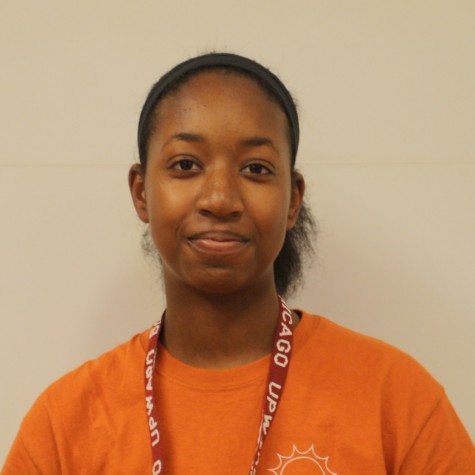Stressing while testing
Students enter the foreign building called a library, a place where there is an extensive amount of books and resources to increase one’s knowledge. Juniors race to the section that holds hundreds of ACT practice books and blood is shed on the floor as students tear each other apart, just to grab that one, 300-page book.
Compared to China, this is child’s play.
In China, students are required to take the “gaokao” senior year The New York Times calls it a “grueling test.” According to the New York Times, the test, is administered in June and taken over the course of two days, covers all areas of education, making students suffer through their entire senior year preparing for the test.
The gaokao lasts for nine hours over the course of two days and tests students in math, science, physics, chemistry, geography, history, English and Chinese. Nine million students take the exam each year.
CNN reported that one downfall of the gaokao exam is that it “stifles creativity, suppresses individuality and induces conformity by forcing all children to compete for better test outcomes in a narrow set of subjects.” Taking the exam determines if a student is accepted into a university or forced to work in the factories. Starting during grade school, Chinese students begin to study for the exam, learning how to do Chinese multiplication at five years old. Students learn using the Abacus, a calculating tool that uses sliding beads on a bamboo frame with wires, which is extremely different from the modern calculator that most Americans use.
In America, the national test that’s required by most colleges is the ACT, which tests students skills in multiple areas such as math, reading comprehension, grammar, and science.
According to the Washington Post, 1.84 million high school students across the US took the ACT in 2014. That is up three percent from 2013. ACT prep classes are offered at most high schools, preparing students for the day that all pencils hit paper and curses fly as students try to beat the clock.
The gaokao, compared to ACT, is a much more future bearing test, unlike the ACT where students get four chances to retake the test. Students in China only have one shot, and if they fail, there is only a small percentage of students who can afford one more chance at retaking the exam. According to the New York Times, teenage suicide rates rise as the gaokao nears. Shocking images have shown that students stay up all night on intravenous drips, hunched over books while studying for the exam.
“My mom took the gaokao exam in 1970,” Whitney Young junior Kevin Cheung said. “She described the stress and sweat that came with studying for the exam. She had about 30 to 50 books, and each day she read at least ten of those books. When she received her results, she realized that her score was too low to enter any colleges, so she began working at a clothing factory. After ten years of working there, she turned 28, and met an American man, a tourist. He took her with him to America, where they got married, and she left all her family behind in China. Every day she tells me how lucky I am to live in America, and not ever have to worry about taking the gaokao exam.”
The gaokao exam causes students to spend 24/7 studying, and no social interactions. Students have no other choice; according to the New York Times, if they do not receive a high enough score, the only other option is to go work at a factory.
This society not only ceases to allow freedom for everyone living there, but it also makes the gaokao exam so challenging that the percent of students that pass the test is extremely low. This is why China should adopt different college placement testing strategies, such as the ACT or SAT in America.
If China continues on this path, there will be more factory workers and fewer doctors, engineers, or any other skilled professionals.
Your donations directly fund the Lane Tech student journalism program—covering essential costs like website hosting and technology not supported by our school or district. Your generosity empowers our student reporters to investigate, write, and publish impactful stories that matter to our school community.
This website is more than a publishing platform—it's an archive, a research tool, and a source of truth. Every dollar helps us preserve and grow this resource so future students can learn from and build on the work being done today.
Thank you for supporting the next generation of journalists at Lane Tech College Prep!

